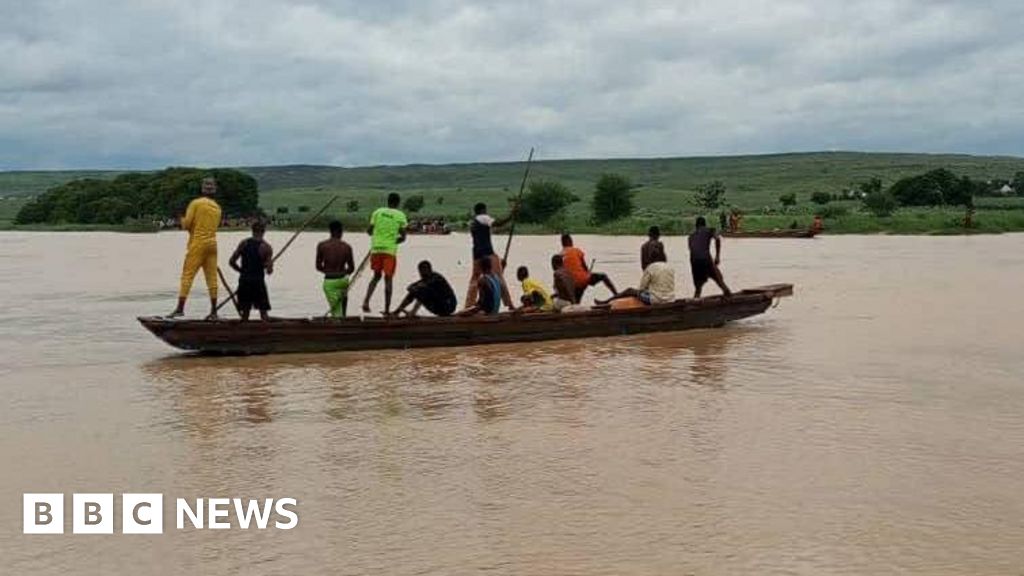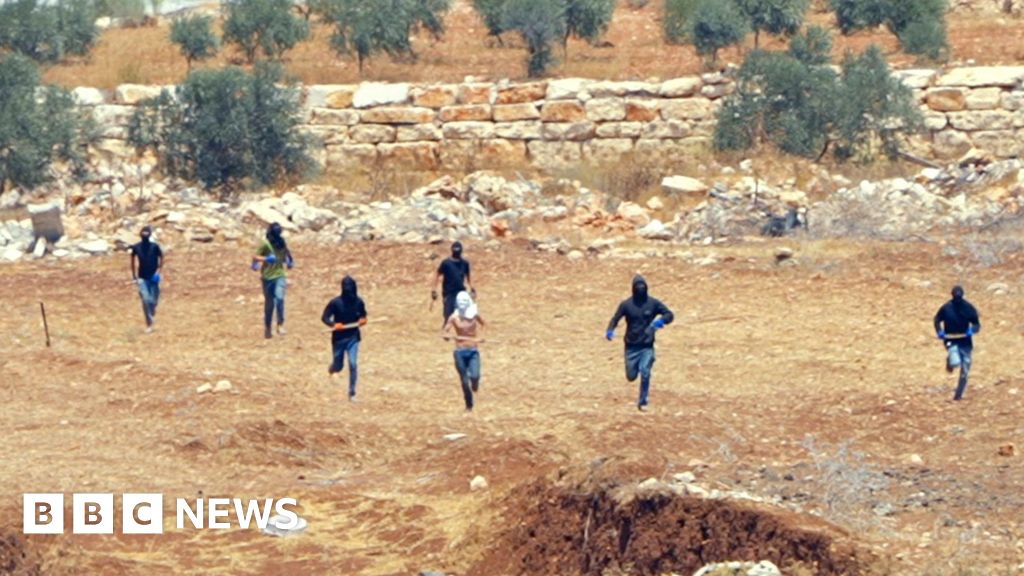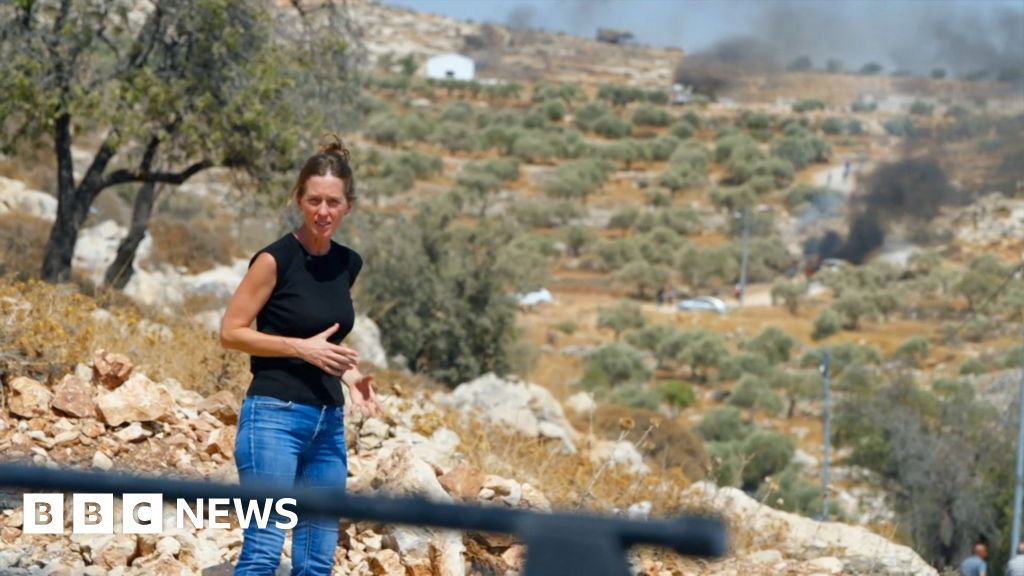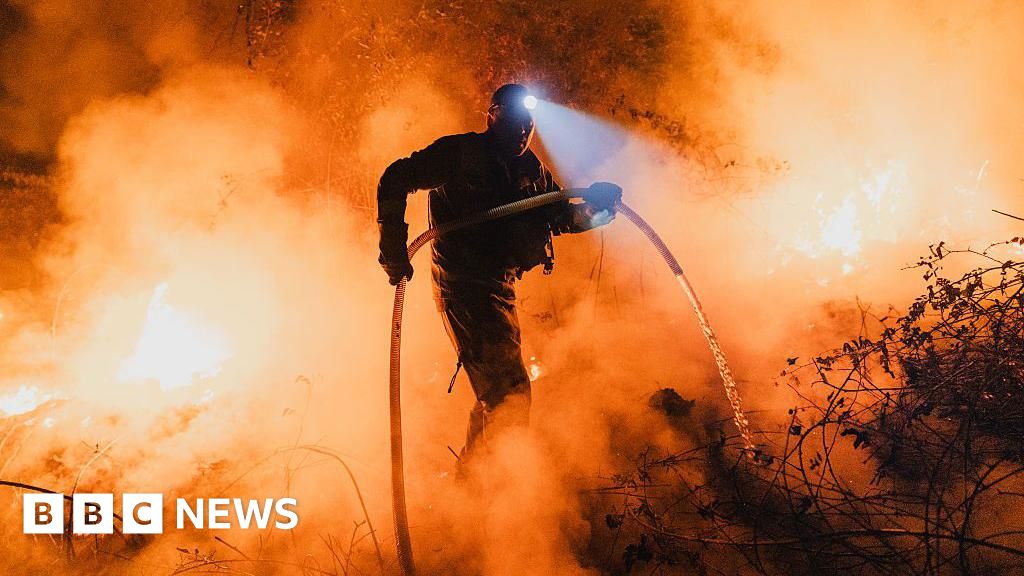非洲自豪感在加勒比地区掀起新一轮浪潮
生成中...【新闻趣摘】
"非洲寻根热"席卷加勒比!尼日利亚医生奥格布在圣卢西亚岛当医生的同时,还兼职开了一家"非洲外卖厨房"——没想到他的"妈妈牌"埃古西汤和富富粉不仅满足了当地人的胃,更点燃了加勒比人对非洲文化的热情。从牙买加年轻人刷着TikTok学非洲历史,到巴巴多斯总理自称"非洲女儿"呼吁修建跨大西洋"海空桥梁",一场跨越400年的文化寻根运动正在上演。最有趣的是,连布基纳法索这个冷门目的地都成了加勒比人的"朝圣选择",只因为该国领导人是个"泛非主义迷弟"。虽然现在从加勒比飞非洲还得绕道欧洲,但非洲进出口银行已经算好了:只要条件到位,两地贸易额三年内能从7.3亿飙到18亿美元!看来这场"文化搭台,经济唱戏"的大戏,连"非洲外卖小哥"奥格布医生都成了重要配角呢~
---
**New wave of African pride rises in the Caribbean**
加勒比地区掀起非洲文化认同新浪潮
**Augustine Ogbu works as a doctor, treating patients in clinics across the striking Caribbean island of St Lucia.**
奥古斯丁·奥格布是圣卢西亚岛的医生,在这座美丽的加勒比海岛上为患者诊疗。
**When he returns to his home in the coastal town of Rodney Bay, he clocks in for his second job - as the owner and solo chef of a Nigerian takeaway.**
回到罗德尼湾的家中后,他就开启第二职业——尼日利亚外卖餐厅的老板兼主厨。
**"Egusi soup and fufu, that's more popular... they love jollof rice too," Dr Ogbu says, reeling off a list of his customers' favourite dishes.**
"埃古西汤和富富粉最受欢迎...他们也超爱乔洛夫米饭,"奥格布医生如数家珍地说道。
**The 29-year-old hails from Nigeria - population 230 million - but crossed the Atlantic for St Lucia - population 180,000 - to train as a doctor in 2016.**
这位29岁的年轻人来自2.3亿人口的尼日利亚,2016年跨越大西洋到18万人口的圣卢西亚学医。
**He set up his home-based takeaway, named Africana Chops, in 2022, after being incessantly asked by his St Lucian friends for Nigerian fare.**
在圣卢西亚朋友不断央求下,他于2022年创办了家庭外卖"非洲美食"。
**The takeaway is now thriving, Dr Ogbu tells the BBC, and not just because his island customers think the food is tasty.**
奥格布医生告诉BBC,外卖生意火爆不仅因食物美味。
**"They know that we all have the same ancestral origin. So most of the time, they want to get in touch with that," Dr Ogbu explains, adding that interest in African culture has grown"tremendously" since he arrived almost a decade ago.**
"他们知道我们同宗同源,所以多数时候是想接触祖辈文化,"他解释道,并称近十年来对非洲文化的兴趣"暴涨"。
**St Lucia is not alone in this phenomenon. Across the Caribbean, the desire to reconnect with the population's African heritage appears to have strengthened over the past few years.**
圣卢西亚并非个例,整个加勒比地区重连非洲文化的意愿都在增强。
**People across the Caribbean have been expressing African pride through cultural means, such as food, clothing and travel, while governments and institutions from both sides of the Atlantic have been meeting to forge economic ties.**
加勒比民众通过饮食、服饰和旅行展现非洲认同,而大西洋两岸政府机构也在构建经济纽带。
**Africa has had a long presence in the Caribbean. A significant part of the islands' population descended from enslaved West and Central Africans, who were forcibly transported to the Caribbean by European merchants in the 17th and 18th Centuries.**
非洲文化在加勒比源远流长,岛上多数人口是17-18世纪被欧洲商人贩卖来的西非和中非奴隶后裔。
**Slavery was abolished in much of the Caribbean during the 1800s, while independence from European powers came the following century.**
19世纪加勒比废除奴隶制,20世纪陆续脱离欧洲殖民统治。
**The descendants of enslaved people retained some African customs, but largely developed their own standalone cultures, which differ from island to island.**
奴隶后裔保留部分非洲习俗,但主要发展出各岛独特的文化。
**In the past, there have been major campaigns to encourage African pride, as Dorbrene O'Marde, who runs the Antigua and Barbuda Reparations Support Commission, says.**
安提瓜和巴布达赔偿支持委员会负责人多布雷恩·奥马德称,历史上曾多次掀起非洲文化复兴运动。
**"It was particularly strong in the 1930s or so, and then again in the 1960s - we saw a major outpouring in sync with the [American] black power movement during that period," he says, talking to the BBC on the island of Antigua.**
"1930年代和1960年代尤为高涨,当时与美国黑人民权运动相呼应,"他在安提瓜岛接受BBC采访时表示。
**Mr O'Marde believes the Caribbean is witnessing a renewed, more promising version of such"pan-Africanism" (a term used to describe the idea that people of African descent should be unified).**
奥马德认为加勒比正迎来更有希望的"泛非主义"新浪潮(该理念主张非洲裔应团结一致)。
**"It has widened beyond psychological and cultural themes and we are now talking in broader economic terms, such as stronger transportation links between the Caribbean and Africa," he says.**
"已超越心理文化层面,开始探讨加强非加交通联系等经济议题。"
**"We are in a different phase now of pan-Africanism – one that's not going to wane like before."**
"这次泛非主义浪潮不会像从前那样消退。"
**One thing that separates this wave of African pride from the ones that came before is social media.**
与以往不同的是,社交媒体助推了这波热潮。
**Dennis Howard, an entertainment and cultural enterprise lecturer at the University of the West Indies, says a"significant" amount of Jamaicans are connecting with Africa through platforms such as TikTok.**
西印度大学文化研究讲师丹尼斯·霍华德称,大量牙买加人通过TikTok等平台接触非洲文化。
**"People are learning more about black history beyond slavery," he tells the BBC from his home in the Jamaican capital, Kingston.**
"人们正了解超越奴隶制的黑人历史,"他在金斯顿家中告诉BBC。
**Mr Howard also points to the global rise of Afrobeats, a musical genre from Nigeria and Ghana.**
他还提到尼日利亚和加纳音乐流派Afrobeats的全球走红。
**He feels that in Jamaica specifically, the popularity of Afrobeats is partly down to a desire to reconnect with the continent.**
他认为在牙买加,Afrobeats流行部分源于重连非洲的渴望。
**"Through the music videos, [Jamaicans] are seeing certain parts of Africa are similar to Jamaica and are developed. We had a concept of Africa as this place where it is backward and it's pure dirt road... the music is changing that."**
"通过MV看到非洲某些地方与牙买加相似且发达,改变了'非洲尽是土路落后地区'的刻板印象。"
**Asked about the view of some Jamaican commenters online - that islanders do not need to reclaim their African heritage as they have an equally valid, hard-won Jamaican heritage of their own - Mr Howard stresses that the two are not distinct.**
针对"牙买加人无需寻根非洲文化"的网络言论,霍华德强调二者本为一体。
**"Our whole culture is African, with a little sprinkling of Indian and European and Chinese. But for the most part it is African-derived. It is the most dominant part of our culture," he says.**
"我们文化主体是非洲文化,只是融合了印欧中元素,非洲文化始终占主导地位。"
**Those leaning into their African heritage are not just consuming the culture, but actually getting on flights and exploring the continent first-hand.**
热衷非洲文化者不仅精神认同,更亲身飞往非洲大陆探访。
**The tourism authority in Ghana - once a major departure point for enslaved Africans being shipped to the Caribbean - told the BBC there had been a"notable increase" in holidaymakers from the islands in recent years.**
加纳旅游局称近年加勒比游客"显著增长",这里曾是奴隶贸易重要起运港。
**Similarly, Werner Gruner, South Africa's consul to the Bahamas, says that over the past two or three years, his office has seen a rise in local people travelling to South Africa, Ghana and Kenya.**
南非驻巴哈马领事维尔纳·格鲁纳也表示,近两三年赴南非、加纳和肯尼亚的当地游客增多。
**"I see a lot of interest in safaris and I think people also start to realise that South Africa and other African countries are actually very well developed," Mr Gruner says.**
"人们对野生动物游兴趣浓厚,也开始意识到南非等非洲国家其实很发达。"
**Even Burkina Faso, an economically struggling country under military rule that is not well known for tourism, is apparently on some people's buckets lists.**
连旅游业不发达、军政府统治的布基纳法索都成了旅行目的地。
**Mr O'Marde says some of his countrypeople want to visit the country because of the pan-African leanings of its leader, Ibrahim Traoré.**
奥马德称部分同胞因该国领导人的泛非主义倾向而想去游览。
**Getting to the mother continent from the Caribbean can, however, be complicated, with travellers often forced to fly via Europe.**
但加勒比到非洲大陆交通不便,常需经欧洲中转。
**Earlier this year, in a speech in which she referred to herself as a"daughter of Africa", Prime Minister of Barbados Mia Mottley called for the construction of"air and sea bridges" between Africa and the Caribbean.**
今年初,巴巴多斯总理米娅·莫特利自称"非洲女儿",呼吁建设非加"海空桥梁"。
**"Let us make these changes, not just for heads of state, but for ordinary people who wish to trade, travel, and forge a shared future," she said.**
"这些改变不仅服务于元首,更为普通人的商贸旅行和共创未来。"
**Key institutions like the African Union, African Development Bank (AfDB) and African Export-Import Bank (Afreximbank) have been working on the"trade" angle, hosting conferences and setting up memorandums of understanding with their Caribbean counterparts.**
非盟、非发行和非洲进出口银行等机构通过会议和备忘录推动非加贸易。
**Afreximbank says trade between the two regions could jump from around $730m (£540m) to $1.8bn (£1.33bn) by 2028, provided the right conditions are achieved.**
非洲进出口银行称若条件成熟,两地贸易额有望从7.3亿增至18亿美元。
**But at the moment, Africa and the Caribbean have some of the lowest indicators in the world for transport infrastructure, logistics quality and customs efficiency, according to the World Bank.**
但世行数据显示,非加在交通基建、物流质量和海关效率方面排名全球靠后。
**In an attempt to reduce trade barriers, the prime minsters of Grenada and the Bahamas this year called for Africa and the Caribbean to launch a shared currency.**
为降低贸易壁垒,格林纳达和巴哈马总理今年呼吁非加推行共同货币。
**Bahamian Prime Minister Philip Davis told delegates at an Afreximbank meeting in Nigeria they should"seriously" consider a single digital currency, while Grenada's Dickon Mitchell said:"Such a move would symbolically and practically affirm our shared identity not just as trading partners, but as members of a truly global Africa".**
巴哈马总理提议"认真考虑"统一数字货币,格林纳达总理称此举能从象征和实践层面确认"全球非洲大家庭"身份。
**Getting more than 60 countries to coordinate and launch a standard system would be no easy feat, but Mitchell said this must be done if the regions are to"take control of [their] own future".**
协调60多国推行统一体系虽非易事,但米切尔称这是"掌握未来"的必要之举。
**Back in St Lucia, Dr Ogbu says his attempts to bring egusi, fufu and jollof to local people are a small but worthy contribution to the strengthening of relations between Africa and the Caribbean.**
奥格布医生认为,他的非洲美食小店是非加关系的小小纽带。
**In June, Nigerian President Bola Tinubu signed various cooperation agreements with St Lucia during a state visit and Dr Ogbu sees Africana Chops as an extension of that.**
他将自己的餐厅视为尼日利亚与圣卢西亚合作协议的民间延伸。
**"I can say I'm working hand-in-hand with the Nigerian government and even the St Lucian government to promote the African culture," he says.**
"我在与两国政府携手推广非洲文化。"
**The doctor and businessman is now trying to upgrade his food business to a full-fledged restaurant - and he hopes the"cultural exchange" between Africa and the Caribbean also goes from strength to strength.**
这位医生企业家正将外卖升级为正式餐厅,期待非加"文化交流"日益深入。
**"It's awesome!" he says."I'm really, really excited about that."**
"太棒了!我对此无比兴奋。"










